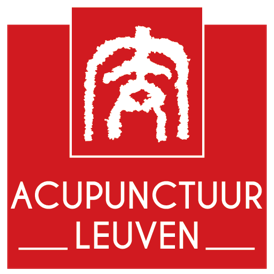What's Traditional Chinese Medicine (TCM)?
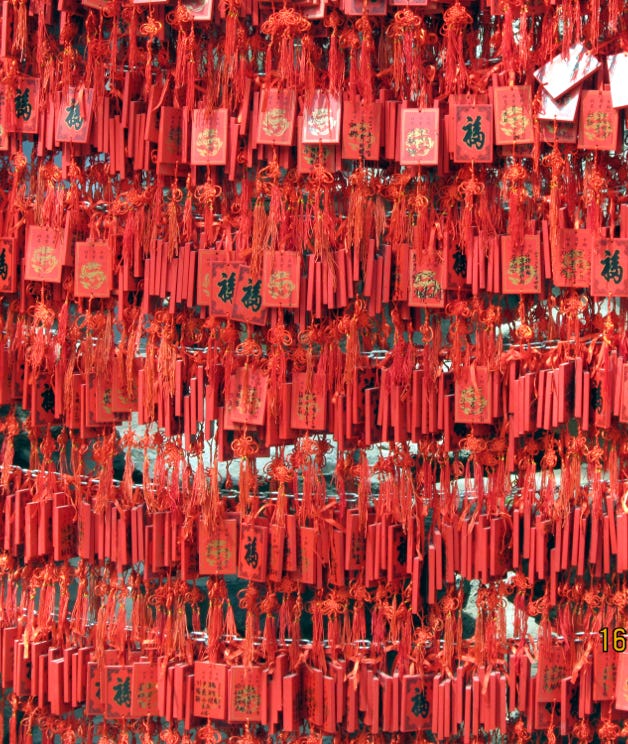
TCM has been the main form of medicine in China for centuries, as well as in Japan and other Eastern countries. Since the 1970s, TCM has made its way into the Western world. While TCM is ancient, it has continued to evolve over the centuries.
The World Health Organisation (WHO) recognises TCM as a safe and effective form of medicine.
In our practice, we use different techniques to treat the patient.
The choice of methodology depends on the patient them self: their complaint, their age, their general condition. We often use several methodologies in one treatment.
Acupuncture
Acupuncture is part of the TCM (Traditional Chinese Medicine).
TCM also consists of Chinese nutritional medicine, Qi Gong, Tuina and Chinese herbal medicine.
With acupuncture, we place ultra-fine needles in well-defined places in the body. Usually, the needles are not inserted at the site of the complaint. Most acupuncture points are found between the knees and feet, elbows, and hands.
During the treatment of pain symptoms, there should be an immediate relief of said pain.


Cupping
Cupping is the placement of warm glass spheres on the skin. The warmth of the spheres creates a suction effect. This stimulates blood flow, the movement of energy and body fluids.
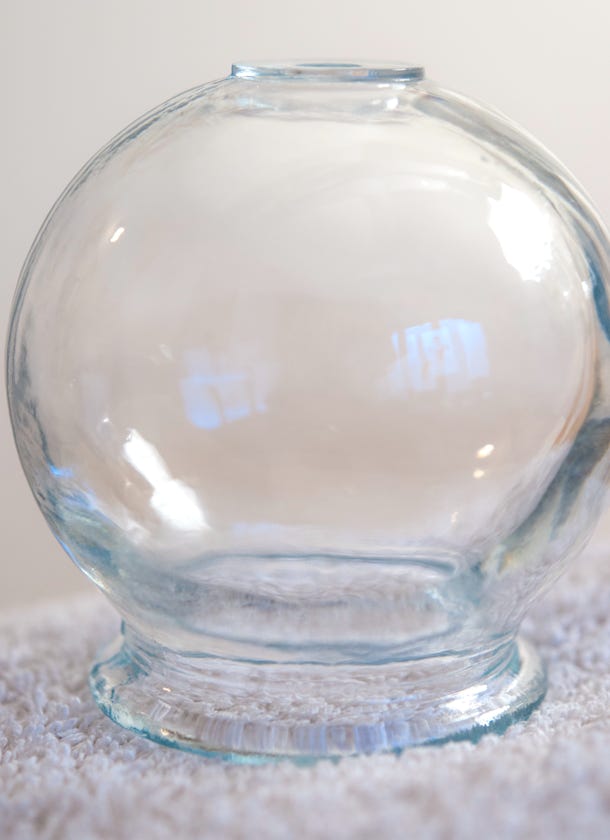
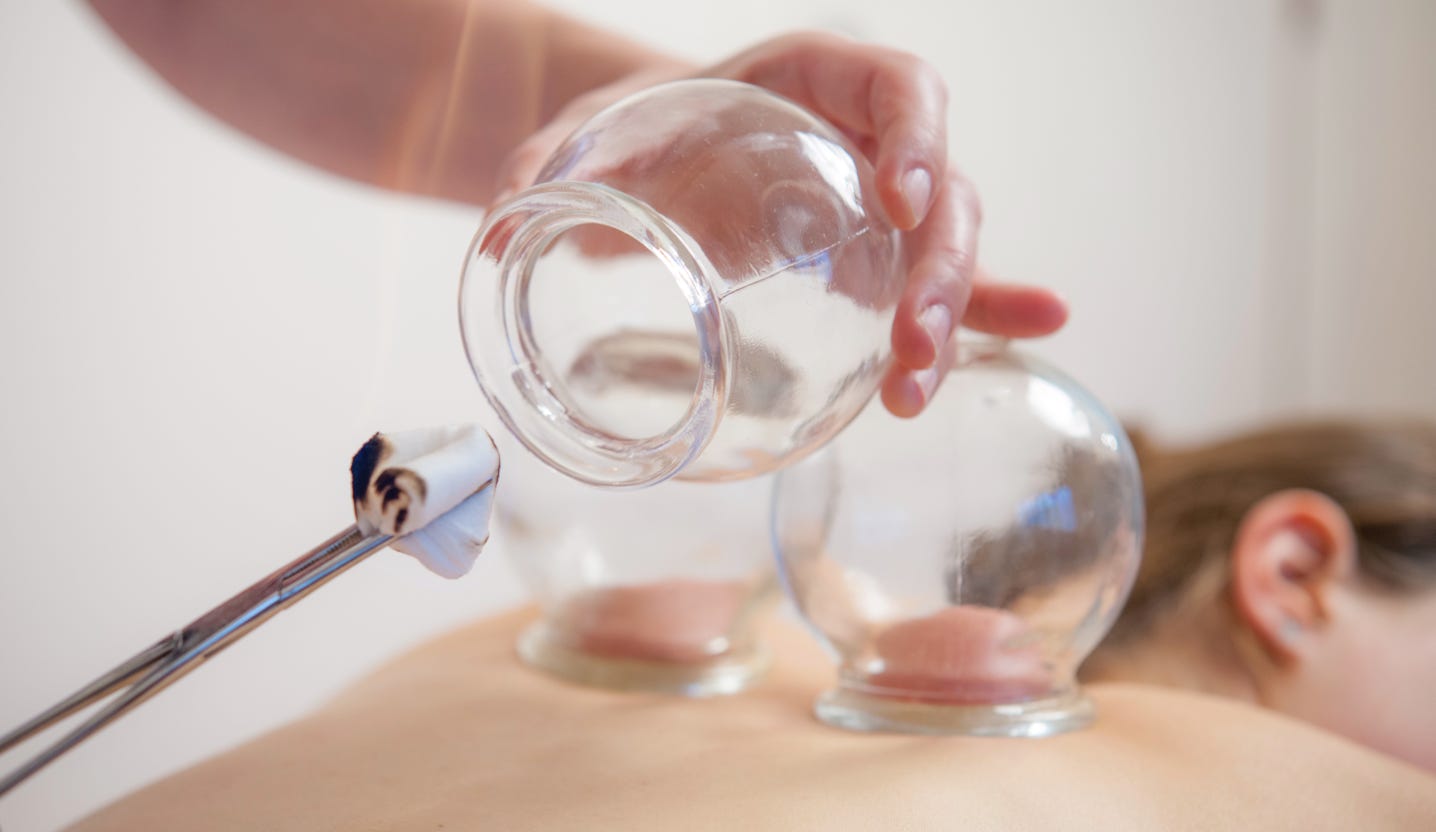
Moxa
If we want to warm up specific acupuncture points, we use "moxa".
The burning of this mugwort herb creates even more effect on certain acupuncture points.
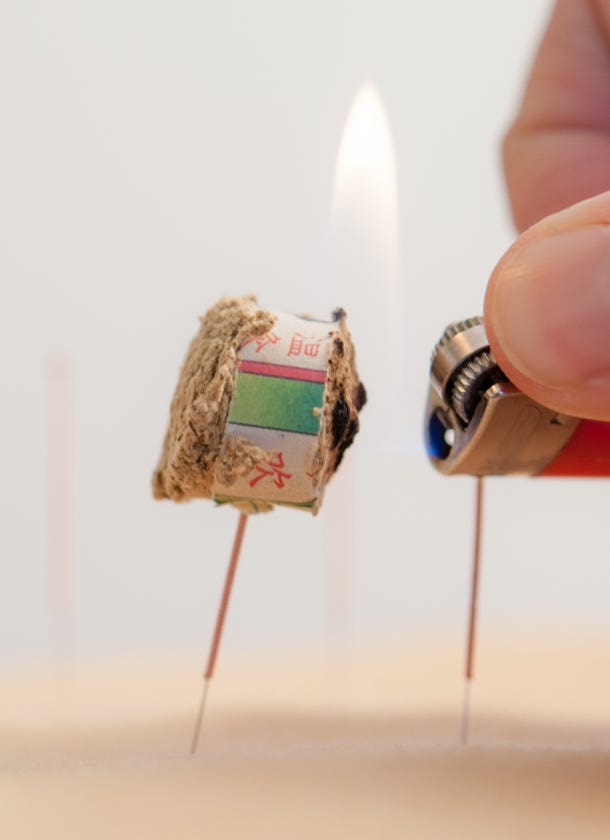
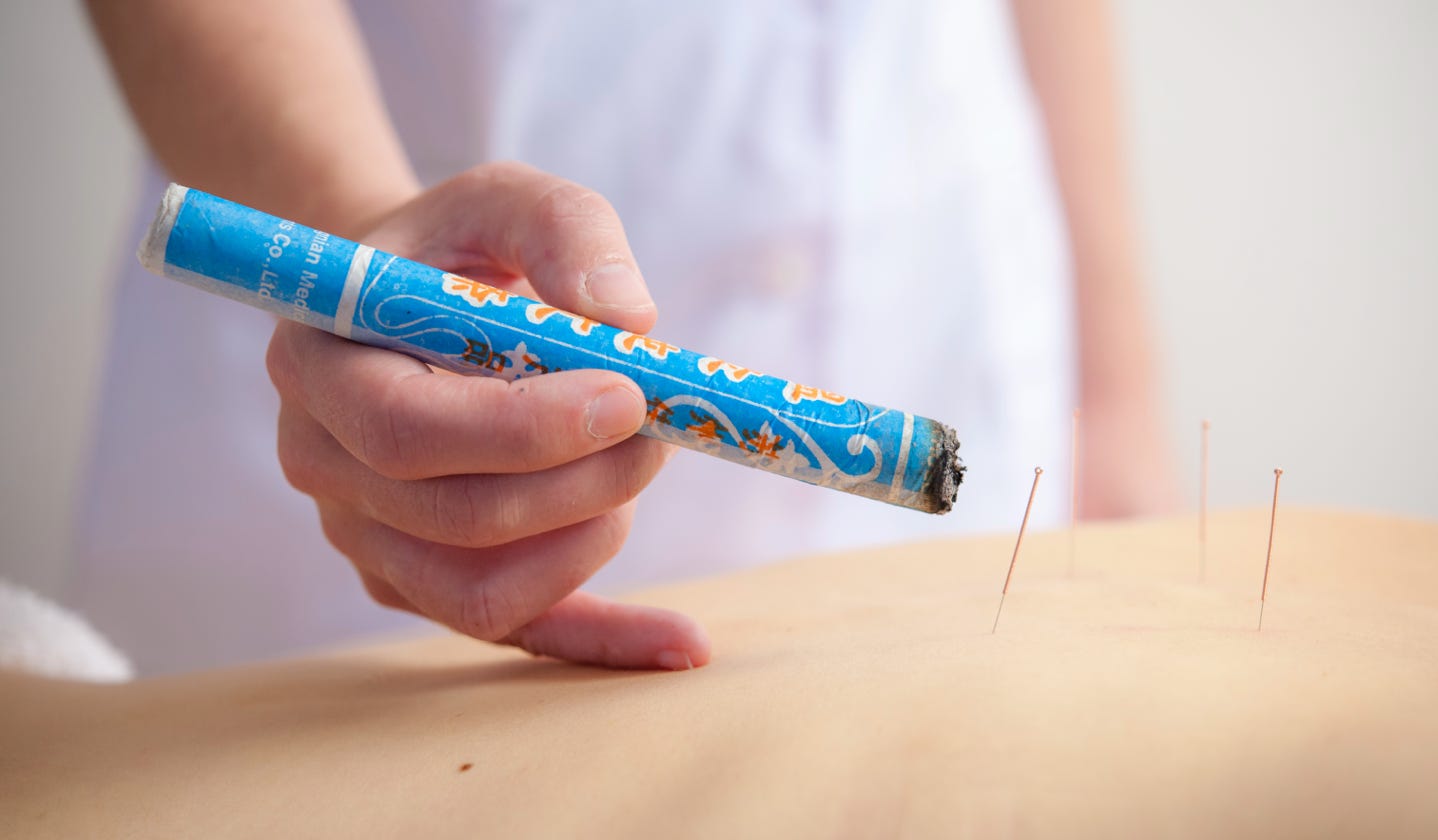
Tuina
This is a technique in which we massage acupuncture points or mobilise larger joints. We also use this technique with patients who are afraid of needles or with young children.
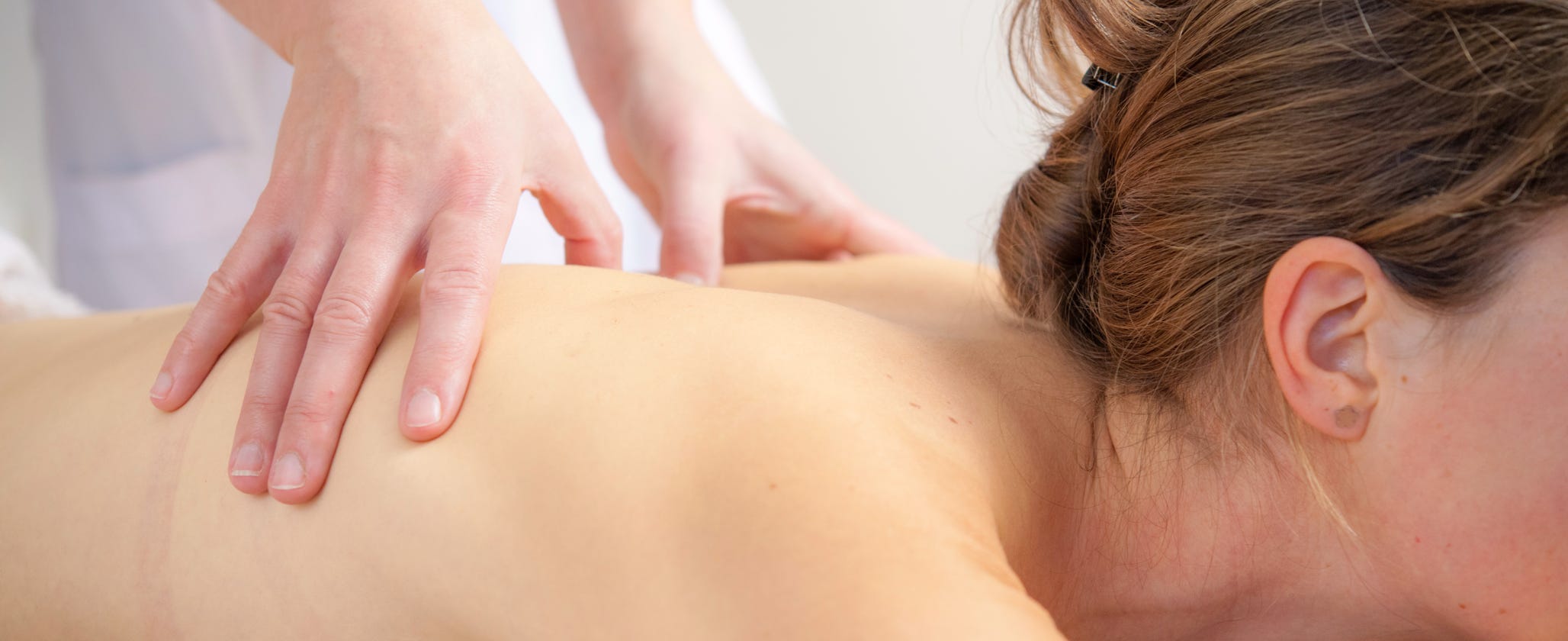
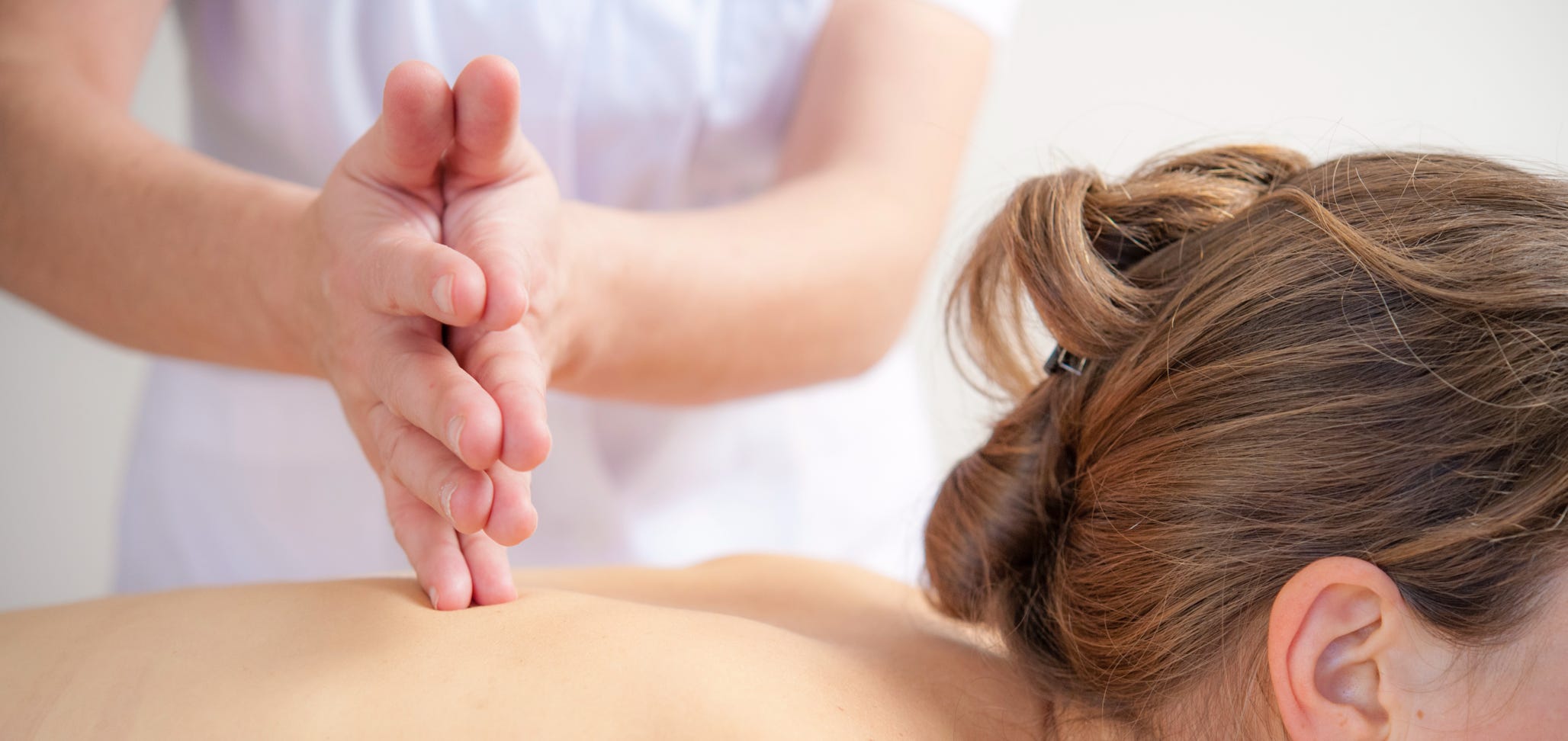
World Health Organization
World Health Organization
The World Health Organisation (WHO) recognises a long list of indications for acupuncture
